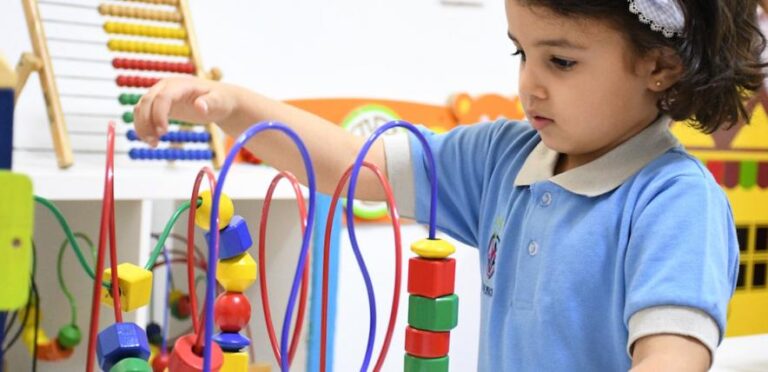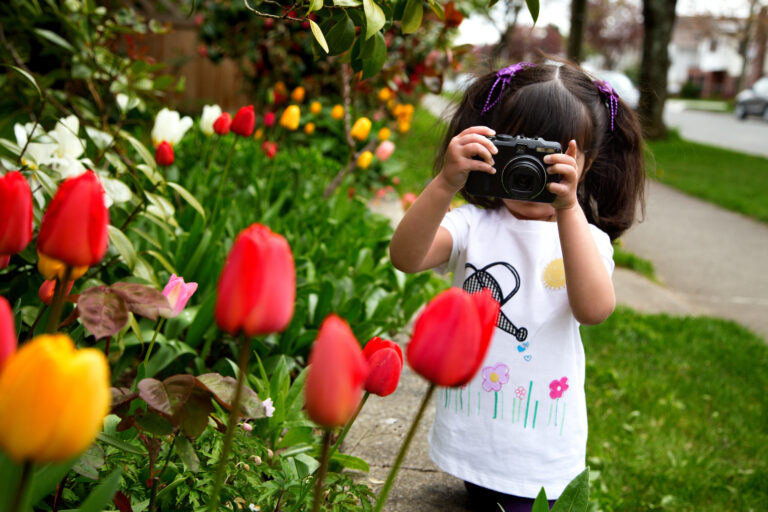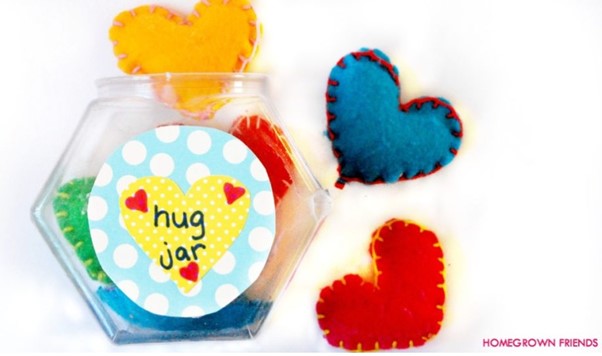By Dorothy Lepowska-Hudson
Children’s parties can be a minefield.
Who do you invite?
How do you invite them?
How long should they last?
Do you include siblings?
The above list is, in some ways, the least of your concerns.
Of far more importance are the sensitivities around parties, for example how to avoid making some children feel excluded when you have limited space or what message your response, or lack of, to an invitation is sending out.
Let me give you an example.
My friend’s daughter received an invitation to a boy’s party. She was thrilled and accepted. At this point, the boy’s mother realised her error. She hadn’t planned to invite this girl at all! There were two children of the same name in the class. But instead of blagging her way through and thanking the child for her response – and sucking up the fact this girl was now a guest – she told the little girl that it had been a mistake and she wasn’t invited at all.
Her mother returned the invitation card the following morning, furious and upset on behalf of her child, and understandably so.
So, what is the etiquette around sending — and receiving — party invitations so you don’t offend, upset or inadvertently ruin someone’s big occasion?
Sending invitations — be subtle and sensitive
If you know the parents and their mobile numbers then many people like to use a WhatsApp group to invite children. But if you’re just starting out at a new nursery or setting then you may not know everyone’s numbers and will have to go down the paper invitation route.
Before doing so check with the nursery or setting that they are happy for paper invites to be handed out — some settings won’t allow it as it has the potential to upset other children who aren’t invited.
Your invitation should be clear and include the name of the child being invited, the name of the child whose party it is, and the venue, date and time of the event.
Specifying a time limit, for example that the party will last from 2pm – 4pm, will hopefully mean there are no stragglers when you’re ready to start clearing up. Add your phone number or e-mail address and give a deadline for responses.
Be sensitive. Most pre-school and nursery settings are happy to put invitations into bags or hand them to parents directly at pick-up time, so children who aren’t invited don’t feel excluded. This also spares you the difficulty of having to work out which child belongs to which parent or hanging around waiting for them to turn up.
Try to give the staff plenty of notice, as not all children attend on the same days. If you don’t start getting RSVPs within a week or so, check that they haven’t forgotten to hand them over. It happens.
Remember, you can’t always invite everyone so don’t beat yourself up.
Consult your child on who their special friends are and who they’d like to be there. If they’re too little to say or you’re not sure, ask the staff or their childminder who they enjoy playing with.
No gift greed
Don’t specify desired birthday gifts, unless you are asked and then give a few, inexpensive ideas. Not everyone can afford presents and there may be several parties during the year that they will need to buy for.
Organise appropriate activities
Whatever you have planned, make sure the activity is suitable for the children you want to be there and make provision for their parents to attend, if appropriate.
A child with additional physical needs, for example, might need help and support in a playground or soft play area.
If it’s a fancy-dress party, indicate that children can also come dressed in whatever they are comfortable wearing.
Not everyone likes to dress up or will have a costume. Expecting families to incur additional expense for your child’s party isn’t appropriate.
Receiving invitations
If your child receives a party invitation, try to RSVP as soon as you can and specify if your child has food allergies or dietary requirements.
As the host, there is nothing more stressful before a party than not knowing how many to cater for, how many party bags to fill and what activities and games can be planned to suit all tastes.
Some venues charge per child and this must be booked, and payment settled, in advance. Not replying, but still turning up, isn’t a good look and will be seen as rude.
Can you bring siblings?
Don’t bring siblings unless they have specifically been invited, and don’t expect just to dump your child at a party while you go shopping.
Occasionally, the host will say it is fine for you to go, especially if there is limited space, but will ask you to leave your mobile number for emergencies.
However, up to the age of around six years, you will usually be expected to stay with your child.
If you’re not sure what to do, ask the hosts. They won’t mind and will appreciate your consideration.
Party bags
Party bags have become the norm, and you may even find some children asking for theirs as they leave, and before you’ve had a chance to cut up the cake!
Four or five items in a paper party bag – a pencil, little notebook, story book or some chocolate and a piece of cake, for example – are enough and you don’t need to spend much.
Try to avoid sending home lots of sweets and single-use plastic tat that will get chucked away that night.
Some more sustainable or useful ideas include a packet of seeds, a paper-based craft or a cupcake-making kit from the supermarket.
Or if you’re having a lot of children you could buy a book bundle of 20 or so picture books online and hand out a book to each child as they leave. This can be cost-effective and cuts out plastic waste.
Party bags don’t have to be too expensive and are a nice way of saying “Thank you for coming” and will end your event with happy smiles.
Read more:








